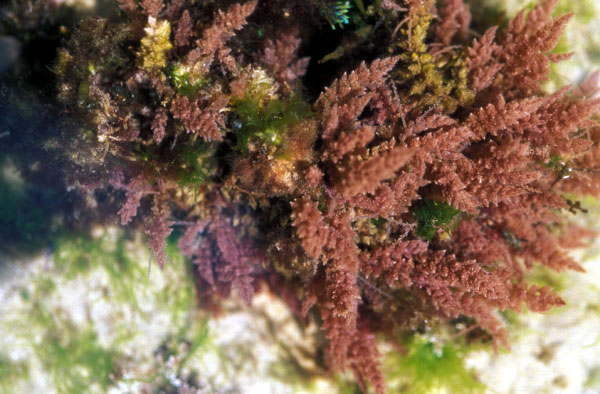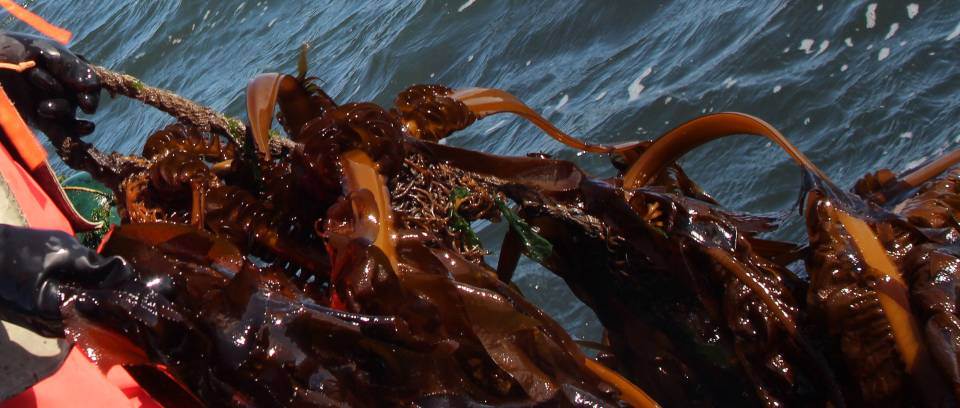Aquatic agriculture in heavy-metal-polluted coastal areas faces major problems due to heavy metal transfer into aquatic organisms, leading to various unexpected changes in nutrition and primary and/or secondary metabolism. In the present study, the dual role of heavy metal copper (Cu) played in the metabolism of photosynthetic organism, the edible seaweed Sargassum fusiforme, was evaluated by characterization of biochemical and metabolic responses using both 1H NMR and GC-MS techniques under acute (47 µM, 1 day) and chronic stress (8 µM, 7 days). Consequently, photosynthesis may be seriously inhibited by acute Cu exposure, resulting in decreasing levels of carbohydrates, e.g., mannitol, the main products of photosynthesis. Ascorbate may play important roles in the antioxidant system, whose content was much more seriously decreased under acute than that under chronic Cu stress. Overall, these results showed differential toxicological responses on metabolite profiles of S. fusiforme subjected to acute and chronic Cu exposures that allowed assessment of impact of Cu on marine organisms.
Digital library
-
-
Josh Goldman, founder and CEO of barramundi producer Australis Aquaculture, is on a mission to reproduceAsparagopsis, a tropical seaweed that could signicantly reduce the climate impact of beef production.
Early last year Goldman launched Greener Grazing to develop the technology to produce this pinkish-red sea plant at commercial scale. If it were added to the livestock feed of the world’s 1.5 billion cows, Goldman says it could dramatically reduce theirs and other ruminant animals’ burping of methane gas, which, according to the United Nations, is responsible for 14.5 percent of the world’s annual greenhouse gas emissions.
Goldman read original research from Australia’s James Cook University in 2017 on Asparagopsis’ potential to reduce methane burps. Intrigued, he called the researchers to find out where the seaweed was going to come from.
“They didn’t know – they were chemistry guys,” he said. “But it seemed like an important and interesting challenge to try and close the life cycle of Asparagopsis and accelerate its commercialization, as it could have a major real-world impact.”
Asparagopsis, a delicate, fragile and complex species of tri-phasic seaweed, has not been completely understood or successfully cultivated until recently. It has uniquely high concentrations of halogenated bromoforms, which target the specific microbes responsible for methane production in ruminant animals like cows, leaving more energy for digestion.
-
A story ran in the August 4, 1972 issue of the Portland Press Herald with the headline: “A Future for Seaweed?” The answer is yes. The story was about a young entrepreneur,Robert Morse, who started a seaweed processing
business, the Samoset Algae Co., in 1971.
-
Farming and hatchery for the edible seaweed Gracilaria. Also known as limu, this seaweed is the most popular edible seaweed in Hawaii and most commonly used in poke.
-
Nonindigenous marine species continue to be one of the foremost threats to marine biodiversity. As an update to a 2007 review of the impacts of introduced macroalgae, we assessed 142 additional publications to describe species’ impacts as well as to appraise information on the mechanisms of impact. Only 10% of the currently known nonindigenous macroalgal species were subjects of ecological impact studies, with changed community composition as the most commonly reported effect. Economic impacts were rarely published. Recent research has focused on the impacts of introduced macroalgal assemblages: red algal introductions to the Hawaiian Islands and turf algae in the Mediterranean. Several general issues were apparent. First, many publications included nonsignificant results of statistical analyses but did not report associated power. As many of the studies also had low effect and sample size, the potential for type II errors is considerable. Second, there was no widely accepted framework to categorize and compare impacts between studies. Information in this updated review was still too sparse to identify general patterns and mechanisms of impact. This is a critical knowledge gap as rates of introductions and hence impacts of nonindigenous macroalgae are expected to accelerate with climate change and increasing global trade connectivity.
-
Differences in ash behavior during hydrothermal treatment were identified based on multivariate data analysis of literature information on 29 different feedstock. In addition, the solubility of individual ele- ments was evaluated based on a smaller data set. As a result two different groups were distinguished based on char ash content and ash yield. Virgin terrestrial and aquatic biomass, such as different types of wood and algae, in addition to herbaceous and agricultural biomass, bark, brewer’s spent grain, com- post and faecal waste showed lower char ash content than municipal solid wastes, anaerobic digestion residues and municipal and industrial sludge. Lower char ash content also correlated with lower ash yield indicating differences in chemical composition and ash solubility. Further evaluation of available data showed that ash in industrial sludge mainly contained anthropogenic Al, Fe and P or Ca and Si with low solubility during hydrothermal treatment. Char from corn stover, miscanthus, switch grass, rice hulls, olive, artichoke and orange wastes and empty fruit bunch had generally higher contents of K, Mg, S and Si than industrial sludge although differences existed within the group. In the future information on ash behavior should be used for enhancing the fuel properties of char based on feedstock type and hydrother- mal treatment conditions.
-
Artificial seawater prepared with simplified recipes was found suitable for maintaining seaweeds of commercial importance under laboratory conditions. The suitability of this artificial seawater formulation studied by gain or loss of wet weight of seaweeds incubated, showed 15.5% increase in specific growth rate in the case of Gracilaria corticata and 18% increase in the case of Ulva lactuca. However, Gracilaria edulis showed 14% decrease over the control. Physicochemical characteristics of artificial seawater were compared with these of natural seawater.
-
Chinese aquaculture has employed a balanced ecosystem approach for freshwater aquaculture for several thousand years. Utilizing species that feed at different levels of the food web has permitted China to have the largest freshwater aquaculture production in the world. This production has proved to be sustainable in the long run because there is balance in this system. This concept is just starting to be thought of for broader aquaculture, including marine operations at sea or on land, and fishery communities around the world.
The National Oceanic and Atmospheric Administration has developed a Sustainable Fisheries Implementation Plan that recognizes three key elements - fisheries, aquaculture and coastal communities - for obtaining sustained production of seafood in the United States. The concepts of carrying capacity for biological activities in a hydrographic system; ecological balance between primary producers, primary and secondary consumers; and nutrient flows in ecosystems are essential elements for the future development of world aquaculture and fisheries.
This chapter documents the present status of selected polyculture systems being employed by the aquaculture industry, provides examples of balanced ecosystem approaches to aquaculture and fisheries, and examines the question of how to develop models for maximizing the production of seafood through fisheries and aquaculture working in harmony to minimize environmental impacts.
-
AquaModel is a sophisticated, PC-based simulation program that provides data needed to evaluate the performance and ecological effects of proposed fish aquaculture farms. It is the first truly comprehensive model for net-pen aquaculture that simultaneously accounts for both water column and benthic effects. Interlinked submodels of fish physiology, hydrodynamics, water quality, solids dispersion, and assimilation were designed and preliminarily validated using field and laboratory data.
-
There are considerable geophysical and biological unknowns associated with climate change, however a preliminary vulnerability assessment of U.S. commercial and recreational fisheries suggests that some 1.7 million jobs and $200 billion in economic activity are at risk (Hare et al. 2016). These uncertainties should not slow or prevent forward thinking and the thoughtful examination and adaption of current fishery and aquaculture management tools and knowledge in an effort to prepare farmers, fishers, tribes, states, and federal agencies to respond to climate change.
This paper presents several aquaculture based tools: fisheries enhancement and restoration, ocean acidification mitigation, and socio-economic planning, that are proven approaches that can mitigate or manage for climate change effects on the Nation’s fisheries resources.





